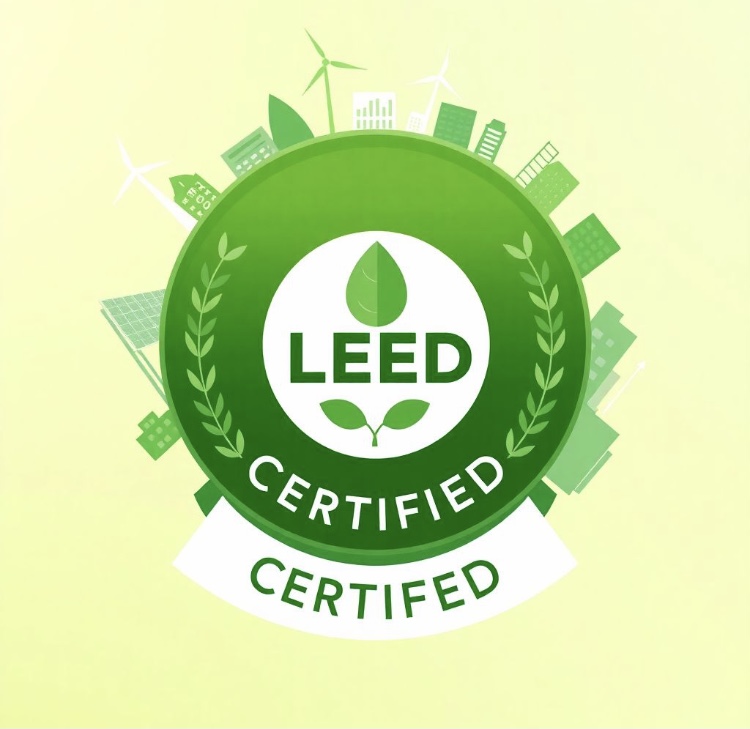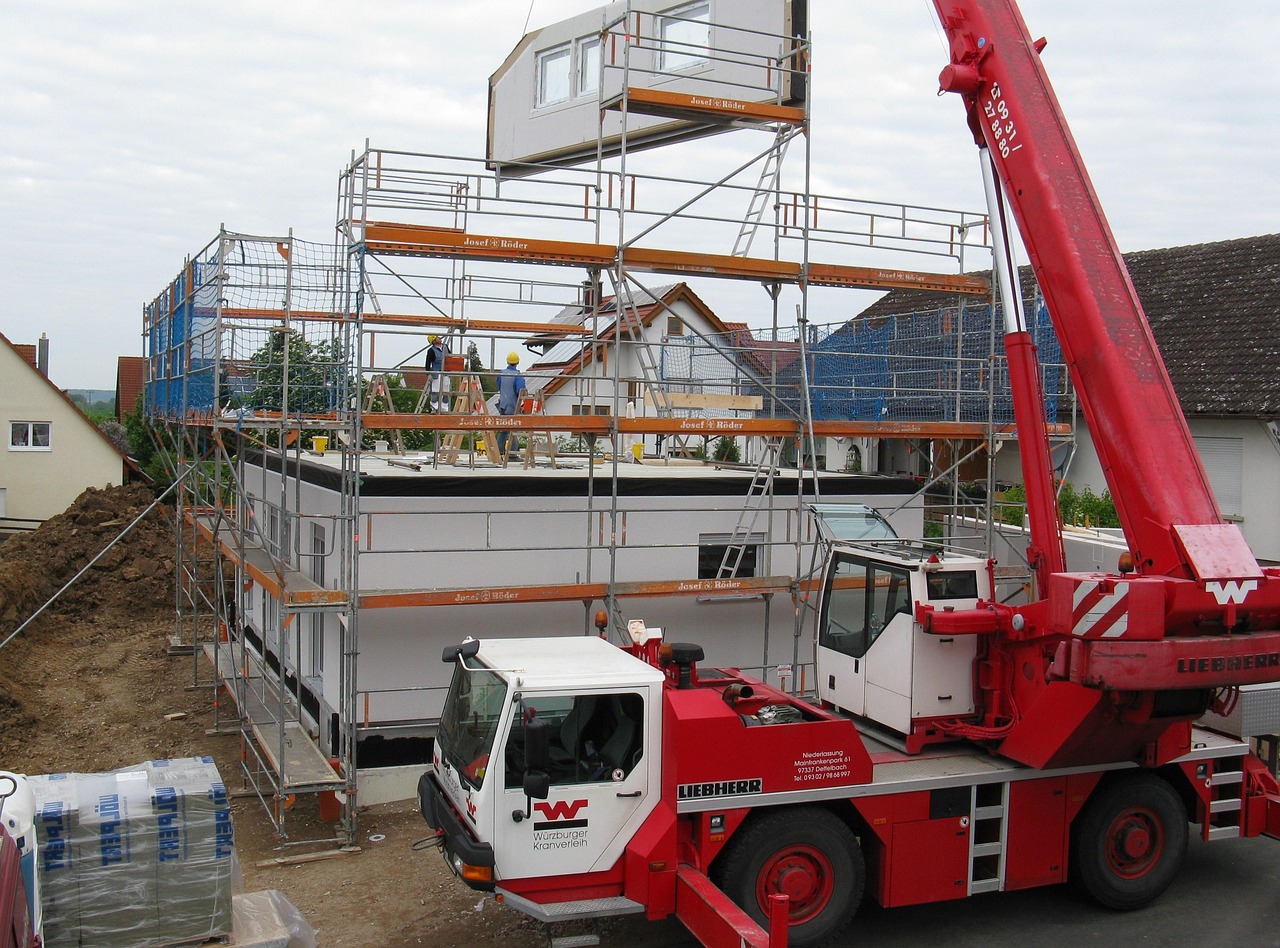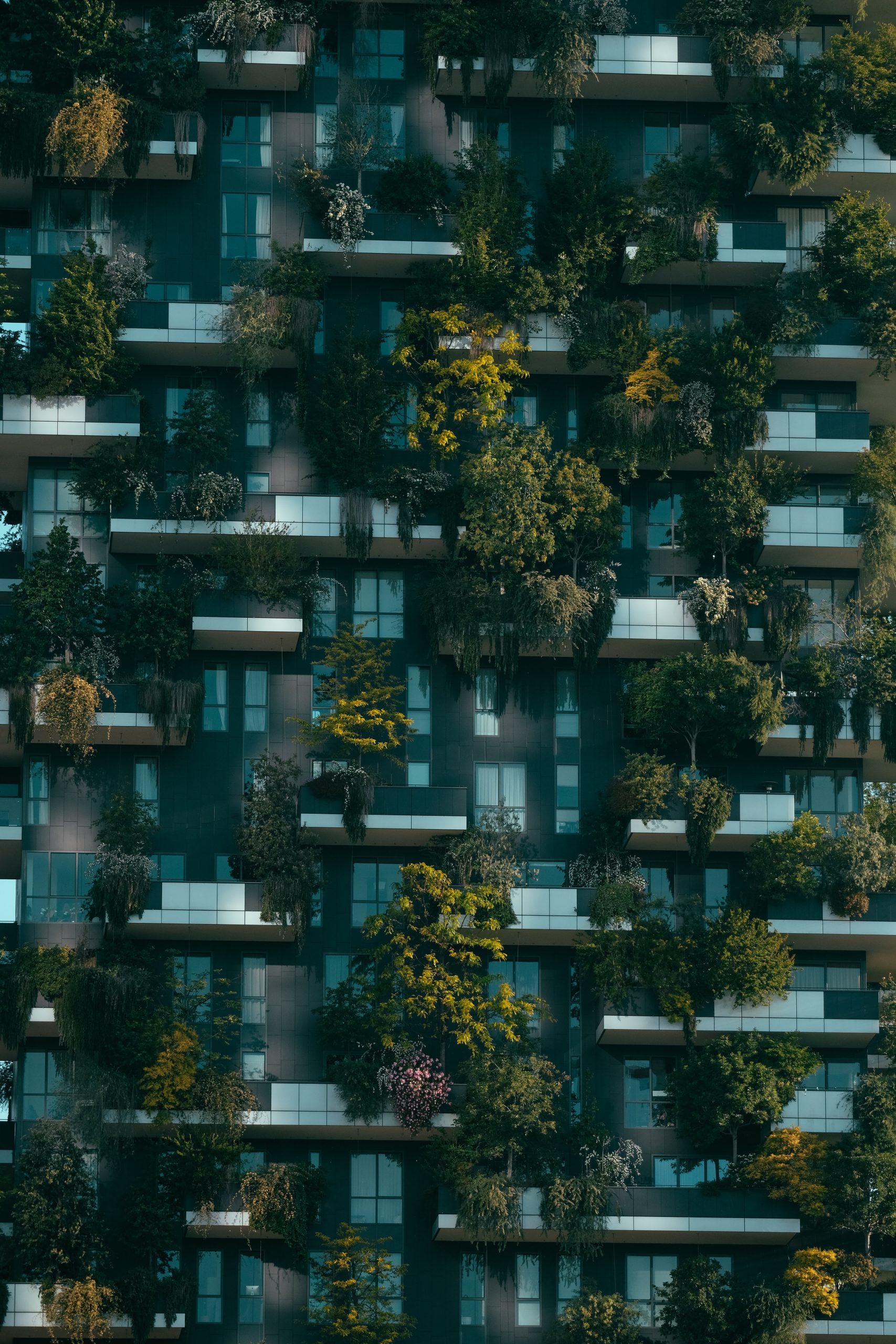LEED certification serves as one of the leading ways to rate green buildings in Nigeria. As such, it offers a constructive response to sustainability, cost-efficiency, and better infrastructure in the country. This article explores the concept of LEED certification, how it applies in Nigeria, and its benefits and challenges.
What is LEED Certification?
LEED certification, short for Leadership in Energy and Environmental Design, is a rating system developed by the United States Green Building Council (USGBC). It evaluates a building’s sustainability, covering multiple aspects such as the building site, water, energy, materials used, indoor environment, and innovation.
Basically, LEED is a green certification that considers how well a building incorporates eco-friendly attributes in its design. According to USGBC, it offers a framework for healthy, efficient, and cost-effective green building, providing environmental and social benefits. For this reason, buildings usually earn points and are classified at levels from Certified to Silver, Gold, or Platinum based on their score.
Building Requirements for LEED Certification in Nigeria
In constructing a building worthy of LEED certification, you need to include the following features in your project’s design:
1. Sustainable Sites: The building site should have pollution preventive features. For instance, consider implementing an erosion & sedimentation control plan to prevent pollution from construction runoff, dust, soil erosion, etc. Another way is by reducing heat islands and light pollution through cool roofs, shading, and landscaping. Again, the site design should support ecosystems, allow access to public transportation, and protect or restore habitats. It should also be innovative in design, built using creative sustainability strategies and sustainable building materials.
2. Water Efficiency: Another important feature is the inclusion of indoor and outdoor water-saving systems. This is achieved by, for instance, installing efficient plumbing fixtures like low-flow toilets and faucets, by reducing or entirely stopping landscape irrigation water use, reusing rainwater and greywater and so on. In addition, it must feature efficient cooling tower management and advanced water metering systems.
3. Energy & Atmosphere: The building’s use of energy is also key. Therefore, performing energy modeling or prescriptive compliance is important. The building must perform better than a baseline, typically in accordance with ASHRAE standards. Another important thing to do is to install permanent energy meters to track building consumption. Also, commission major energy-using systems such as HVAC, lighting, hot water, etc., and install and operate them correctly. Finally, try to optimize energy performance and utilize renewable energy systems like solar, wind, etc.
4. Materials & Resources: You also need to put the way and manner you collect and store waste into consideration. Therefore, there should be a space provided for recycling plastic, paper, metal, and cardboard waste. Also, create a plan for how waste will be sorted and diverted from landfills to reduce and prevent waste pollution.
5. Indoor Environmental Quality: The building’s outdoor design shouldn’t be the only focus. How it is inside also matters. Therefore, be sure to meet ventilation and acoustic requirements in line with ASHRAE standards. Also, ensure there’s proper indoor air quality for occupants by conducting regular indoor air quality testing. You can also do this by using low-emitting materials, ensuring thermal comfort, and providing superb views for occupants.
These are the core building prerequisites. Meeting them is required before you can earn any points. However, although not formally required, successful LEED buildings also tend to have:
- Efficient building orientation, such as solar control, shading, etc.
- Compact building forms.
- High-performance envelope using insulation, glazing, etc.
- Energy-efficient HVAC designs.
- Efficient lighting.
- Smart rainwater and stormwater management systems.
- Materials with environmental declarations.
- Access to transportation or walkability.
How to get LEED Certification in Nigeria
Becoming LEED certified in Nigeria follows the same process as anywhere in the world. Here’s a quick run-through of the steps involved:
1. Choose the Correct LEED Rating System:
LEED follows a designed rating system for specific project types. You must, therefore, choose the system that best suits your project and register under it, following the appropriate guide. The rating systems exist in three versions: LEED v5, LEED v4.1, and LEED v4, each containing the following options:
- LEED BD+C, which means Building Design and Construction.
- LEED ID+C, which stands for Interior Design and Construction.
- LEED O+M, which means Operations and Maintenance.
- LEED ND, which means Neighborhood Development.
- LEED Homes for Residential Buildings.
- LEED Cities
2. Register Your Project with USGBC: Start by creating an account on USGBC.org. Then register via LEED Online (for LEED v4 or v4.1) or Arc (for LEED v5). Finally, pay the one-time registration fee, which typically ranges from $900 to $5000, depending on your project’s size and certification goal. Note that registration unlocks all required forms and documentation templates.
3. Appoint a LEED Project Team: For this, you’ll need:
- A LEED Project Administrator (mandatory)
- Architects/engineers
- MEP (Mechanical, Electrical, and Plumbing) designers
- Contractors who understand LEED requirements
- LEED AP (Accredited Professional)
In Nigeria, many developers also hire an external LEED consultant because local LEED experience is still growing.
4. Meet ALL LEED Prerequisites: Prerequisites are mandatory and must be met before certification. Depending on the rating system, typical prerequisites include those building requirements mentioned earlier. Remember, if you fail even one prerequisite, the project may not be certified.
5. Pursue a LEED certification level: LEED certification is classified into four levels based on the number of credit points attained. The levels are:
- 40–49 points—Certified
- 50–59 points—Silver
- 60–79 points—Gold
- 80+ points—Platinum
These credit points are awarded based on the presence of the various building prerequisites, such as energy efficiency, water management, indoor environmental quality, etc. In Nigeria, credits for energy efficiency, natural ventilation, daylighting, solar PV, water reuse, and site selection tend to be the easiest wins.
6. Adapt LEED Requirements to Nigerian Conditions: LEED allows Alternative Compliance Paths (ACPs) for international projects. These help when local codes differ from U.S. codes, local materials don’t have U.S. certifications, or climate conditions are very different. Thus, Nigeria often uses ACPs for energy modeling, regional material calculations, and indoor environmental quality metrics.
7. Collect Documentation Throughout Design and Construction: You must upload evidence for every credit claimed in areas such as architectural drawings, energy models, water calculations, and so on. Other areas include material product data, construction waste tracking, commissioning reports, and indoor air quality test reports. More often than not, however, documentation is one of the biggest challenges in Nigeria.
8. Submit to GBCI for Review: Afterwards, you may need to submit a design review, construction review, or a combined review. This is so that USGBC’s Green Building Certification Institute will evaluate all prerequisites, score your credits, and issue any necessary feedback.
9. Respond to Review Comments and Resubmit: Here, you typically get a preliminary review, a final review, and an appeal stage. The appeal stage is usually optional and attracts additional fees.
10. Receive Your LEED Certification: Once approved, your project will be certified at the earned level, and you’ll receive an official certificate. You may also choose to purchase a plaque. Then, finally, your project will be listed in the USGBC global directory, the same way green buildings such as Heritage Place, Nestoil Tower, Microsoft Nigeria, etc., are listed.
Benefits of Green Certification in Nigeria
Cost and efficiency savings: LEED-certified buildings report significantly lower utility bills, which is especially relevant in Nigeria, where power and water costs are high and supply is often erratic.
Market advantage: Green-certified buildings can attract premium tenants, better occupancy, and potential rental uplift, as global investors increasingly seek ESG-compliant assets. For example, Heritage Place achieved full occupancy and is marketed as a “sustainable green building” in Lagos.
Policy alignment and climate action: As Nigeria considers its commitments to global climate targets and transitions to low-carbon development, green buildings are one part of the solution.
Recognition and leadership: Becoming one of the few certified buildings places developers ahead of peers and enhances reputation.
Challenges and barriers in Nigeria
Although helpful in promoting sustainability in Nigeria, there are practical obstacles to fully implementing it in the country. Some include:
Low adoption rates: Many buildings are still built without any formal sustainability certification; for example, one study noted that 95% of Nigerian buildings had not applied for LEED certification due to voluntary participation and lack of regulatory mandate.
Cost and resources: LEED certification most often requires significant up-front costs, specialized documentation, audits, and hiring consultants, all of which sometimes act as barriers for smaller developers.
Awareness and expertise gap: There is a limited number of professionals in Nigeria with experience in green building certification. Because of this, there is lower awareness among stakeholders of its long-term benefits.
Regulatory and incentive shortfall: Absence of strong government regulation or financial incentives, such as tax breaks, subsidies, etc., reduces the impetus for certification.
Conclusion
In summary, LEED represents a complementary pathway for green building certification in Nigeria. It offers a broad sustainability framework with tangible results ranging from significant reductions in energy and water use to the embodiment of materials showcased in various projects. As such, it remains vital for the growth of green building practices in the country.
As a construction company that prioritizes sustainable construction, Redcity ensures to incorporate LEED building requirements in its construction designs. To take a look at some of the green services we offer, you can visit here and request a quote here to get started. Also, feel free to visit our YouTube channel here and check out our blog here for more enlightening news and content.
What are your thoughts on LEED certification in Nigeria? Would you want your building LEED certified?



